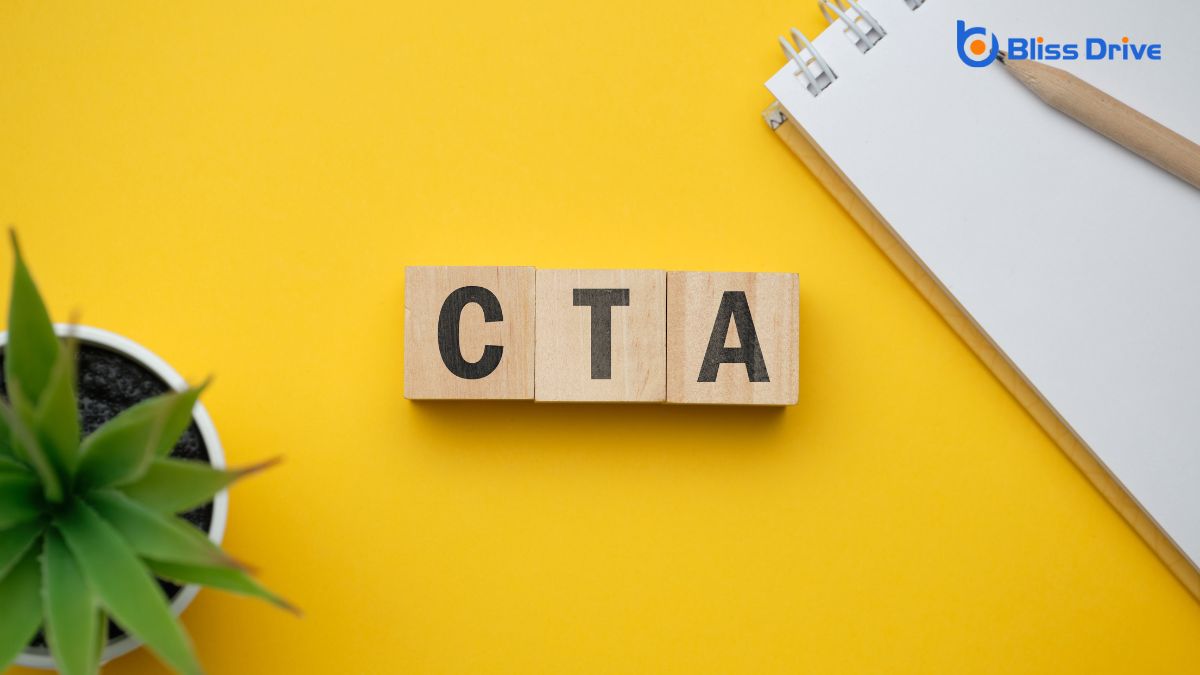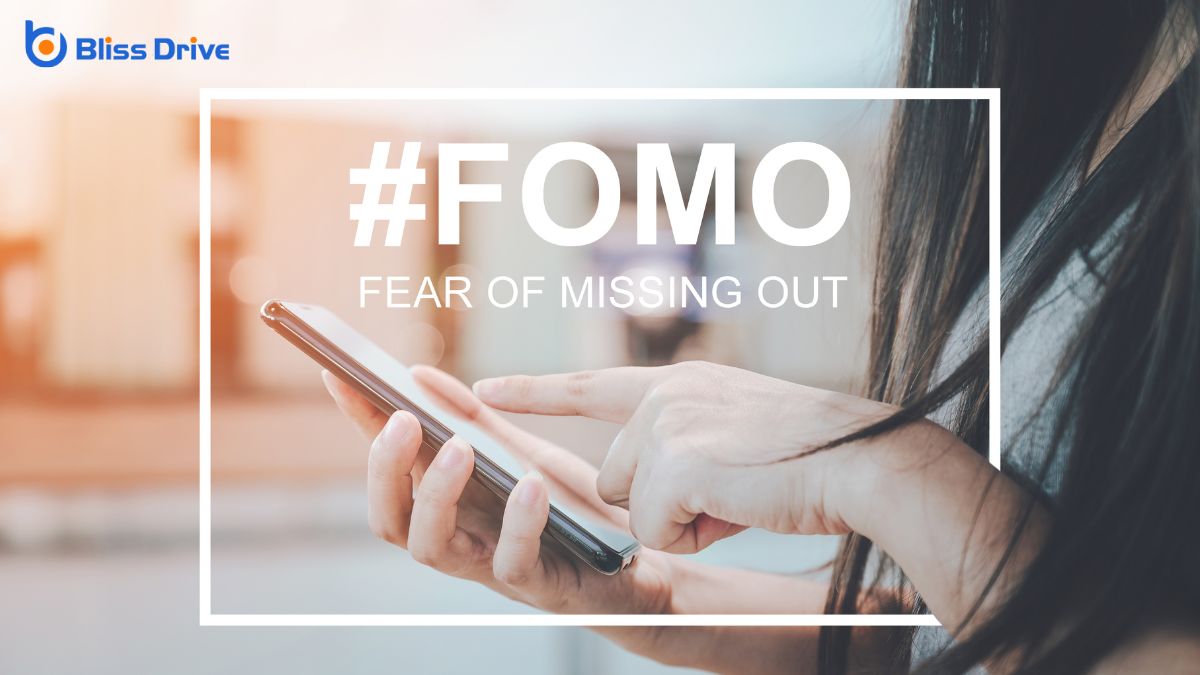Learn More About Us

You're about to uncover how subtle psychological triggers can skyrocket your call-to-action (CTA) clicks. By tapping into emotions like urgency, the fear of missing out, and the power of social proofThe influence that other people’s actions have on one's own behavior, often seen in likes, shares,..., you can transform passive viewers into active participants. Imagine crafting CTAs that not only grab attention but compel users to act immediately. Curious about how these elements work together to enhance engagementThe interactions that users have with a brand’s content on social media.?

In today's fast-paced digital world, leveraging the Fear of Missing Out (FOMO) can greatly boost your call-to-action (CTA) click rates. You want to make your audience feel like they're about to miss a golden opportunity.
By creating a sense of urgency, you tap into the innate human desire to stay connected and informed. Phrases like "limited time offer" or "only a few spots left" can encourage quick action. Your audience doesn't want to be left behind. They want to be part of what's happening now.
Highlighting exclusivity and time sensitivity in your CTAs makes your offerThe specific product or service being promoted by affiliates. feel immediate and necessary. By understanding and using FOMO, you effectively nudge users toward clicking, ensuring they don’t miss out on valuable opportunities.
While FOMO taps into urgency, the power of social proof leverages our natural inclination to follow the crowd. You instinctively trust what others validate, making social proof a potent psychological trigger for CTA clicks. When you're unsure, knowing others have taken action can tip the scales.
To effectively harness this power, consider:
These strategies reassure users that others have found value, nudging them towards taking similar actions.
Although often overlooked, the principles of scarcity and urgency can dramatically increase CTA clicks by creating a compelling reason to act now.
When you highlight limited availability or a ticking clock, you tap into the fear of missing out. This psychological trigger encourages immediate action, as people naturally want what they think they can't have.
Start by using phrases like "limited time offer" or "only a few left" in your calls to action. These phrases create a sense of urgency and scarcity, nudging potential customers to make quicker decisions.
Beyond urgency and scarcity, fostering a sense of belonging can also drive CTA clicks. When people feel they’re part of a community, they’re more likely to engage with your calls to action.
You can create this sense of belonging by:
When you give something valuable to your audience, they're more likely to reciprocate by clicking your CTA. This concept, known as the Reciprocity Principle, hinges on the idea that people feel compelled to return favors.
It's about building a relationship where you provide value first. Consider offering free resources, insights, or exclusive content to your audience. These small acts of generosity create a sense of obligation, encouraging them to engage further with your content and ultimately, click your CTA.
Ensure that what you offer aligns with your audience's needs and interests. When they perceive genuine value, their likelihood of reciprocating increases.
As you harness the power of reciprocity, tapping into emotional appeal and storytelling strengthens your connection with your audience even further.
Emotional appeal touches your audience's heart, making your message unforgettable. When you share stories, you create a narrative that resonates deeply, encouraging your audience to take action.
To effectively use emotional appeal and storytelling:

Designing for simplicity and clarity guarantees your audience can easily understand and engage with your message. When you strip away unnecessary elements, you make it easier for viewers to focus on what truly matters: your call to action (CTA)A prompt that encourages users to take a specific action, such as "Buy Now" or "Sign Up.".
Keep your design clean and uncluttered, using whitespace effectively to guide the eye toward the CTA. Use straightforward language and clear fonts that are easy to read. Your audience shouldn't have to decipher complex jargon or squint to see your message.
Ascertain that your CTA stands out by using contrasting colors and a button that invites clicks. Remember, the simpler and clearer your design, the quicker your audience can process the information, leading to more effective engagement and increased CTA conversions.
By tapping into psychological triggers, you can greatly boost your CTA clicks. Use urgency and scarcity to ignite a fear of missing out, while social proof builds trust with testimonials or endorsements. Create a sense of belonging by connecting emotionally and offering value first, leveraging the reciprocity principle. Don’t overlook the power of storytelling to engage your audience. Finally, make certain your design is simple and clear, making it easy for users to take action.
